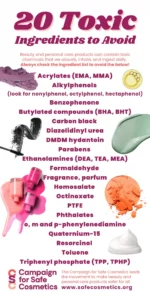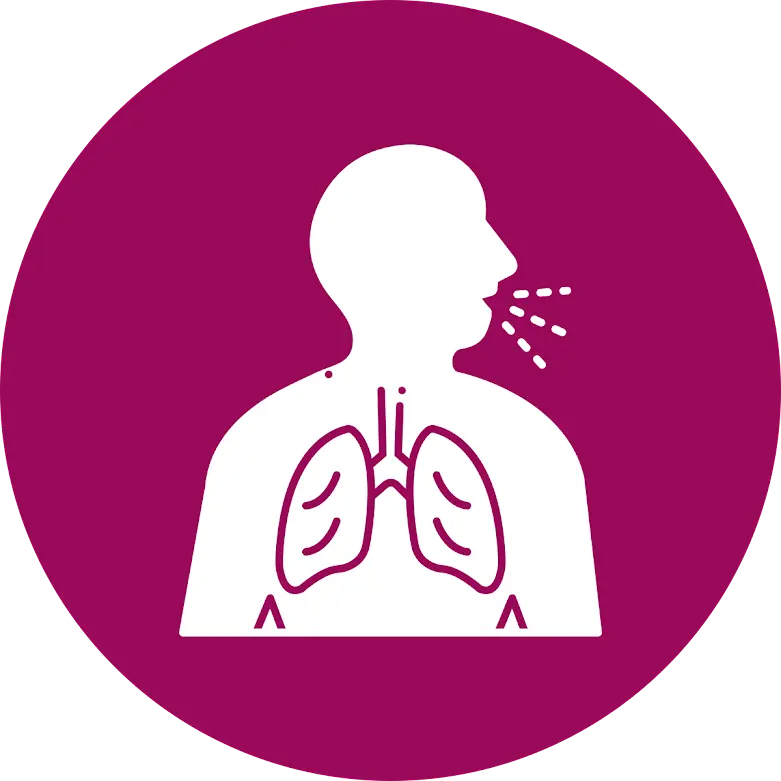[1] Federal Register Final Rule- 69 FR 44927 July 28, 2001: Listing of Color Additives Subject to Certification; D & C Black No.2. U.S. Food and Drug Administration. Available online: https://www.federalregister.gov/documents/2018/06/07/2018-12218/listing-of-color-additives-subject-to-certification-dandc-black-no-4. Accessed April 26, 2022.
[2] International Carbon Black Association. Available online: http://www.carbon-black.org/. Accessed April 26, 2022.
[3] Wisconsin Department of Health Services. Carbon Black. Available online: https://www.dhs.wisconsin.gov/chemical/carblack.htm. Accessed April 26, 2022.
[4] Federal Register Final Rule- 69 FR 44927 July 28, 2001: Listing of Color Additives Subject to Certification; D & C Black No.2. U.S. Food and Drug Administration. Available online: https://www.federalregister.gov/documents/2018/06/07/2018-12218/listing-of-color-additives-subject-to-certification-dandc-black-no-4. Accessed April 26, 2022.
[5] Regulation (EC) No 1223/2009 of the European Parliament and of the Council of 30 November 2009 on cosmetic products. Available online: https://ec.europa.eu/health/sites/health/files/endocrine_disruptors/docs/cosmetic_1223_2009_regulation_en.pdf. Accessed April 26, 2022.
[6] International Carbon Black Association. Available online: http://www.carbon-black.org/. Accessed April 26, 2022.
[7] National Toxicology Program. Report on Carcinogens, Twelfth Edition. Polycyclic Aromatic Hydrocarbons. Available online: https://pubmed.ncbi.nlm.nih.gov/21822324/. Accessed April 26, 2022.
[8] National Toxicity Program (NTP). Available online: https://www.niehs.nih.gov/research/atniehs/dntp/index.cfm. Accessed April 26, 2022.
[9] National Toxicity Program (NTP). Available online: https://www.niehs.nih.gov/research/atniehs/dntp/index.cfm. Accessed April 26, 2022.
[10] Weinand F., Statement regarding the presence of Polycyclic Aromatic Hydrocarbons (PAHs) in Carbon Black. Evonik Industries, 2009.
[11] NIOSH Pocket Guide to Chemical Hazards. Carbon black.Available online: https://www.cdc.gov/niosh/npg/npgd0102.html. Accessed April 26, 2022.
[12] Wisconsin Department of Health Services. Carbon Black. Available online: https://www.dhs.wisconsin.gov/chemical/carblack.htm. Accessed April 26, 2022.
[13] Chemicals Known to the State to Cause Cancer or Reproductive Toxicity. Available online: https://oehha.ca.gov/proposition-65/crnr/chemicals-listed-known-state-cause-cancer-or-reproductive-toxicity. Accessed April 26, 2022.
[14] IARC Monographs on the Evaluation of Carcinogenic Risks to Humans. Carbon Black evaluation and rationale. vol. 93, pp 190-1.
[15] IARC Monographs on the Evaluation of Carcinogenic Risks to Humans. Carbon Black evaluation and rationale. vol. 93, pp 190-1.
[16] Centers for Disease Control and Prevention. Available online. July 14th.
[17] U.S. Department of Health and Human Services. Occupational safety and health guideline for carbon black potential human carcinogen. Available online: https://www.osha.gov/dsg/hazcom/ghd053107.html. Accessed April 26, 2022.
[18] Ramanakumar A., et al. Risk of lung cancer following exposure to carbon black, titanium dioxide and talc: Results from two case-control studies in Montreal. Int. J. Cancer, vol. 122, pp 183-189, 2008.
[19] IARC Monographs on the Evaluation of Carcinogenic Risks to Humans. Carbon Black evaluation and rationale. vol. 93, pp 190-1.
[20] NIOSH Pocket Guide to Chemical Hazards. Carbon black. Available online: https://www.cdc.gov/niosh/npg/npgd0102.html. Accessed April 26, 2022.
[21] Kim H., et al. The impact of intratracheally instilled carbon black on the cardiovascular system of rats: evaluation of blood homocysteine and hyperactivity of platelets. Journal of Toxicology and Environmental Health, Part A: Current Issues, vol. 75, no. 24, pp 1471-83.


































